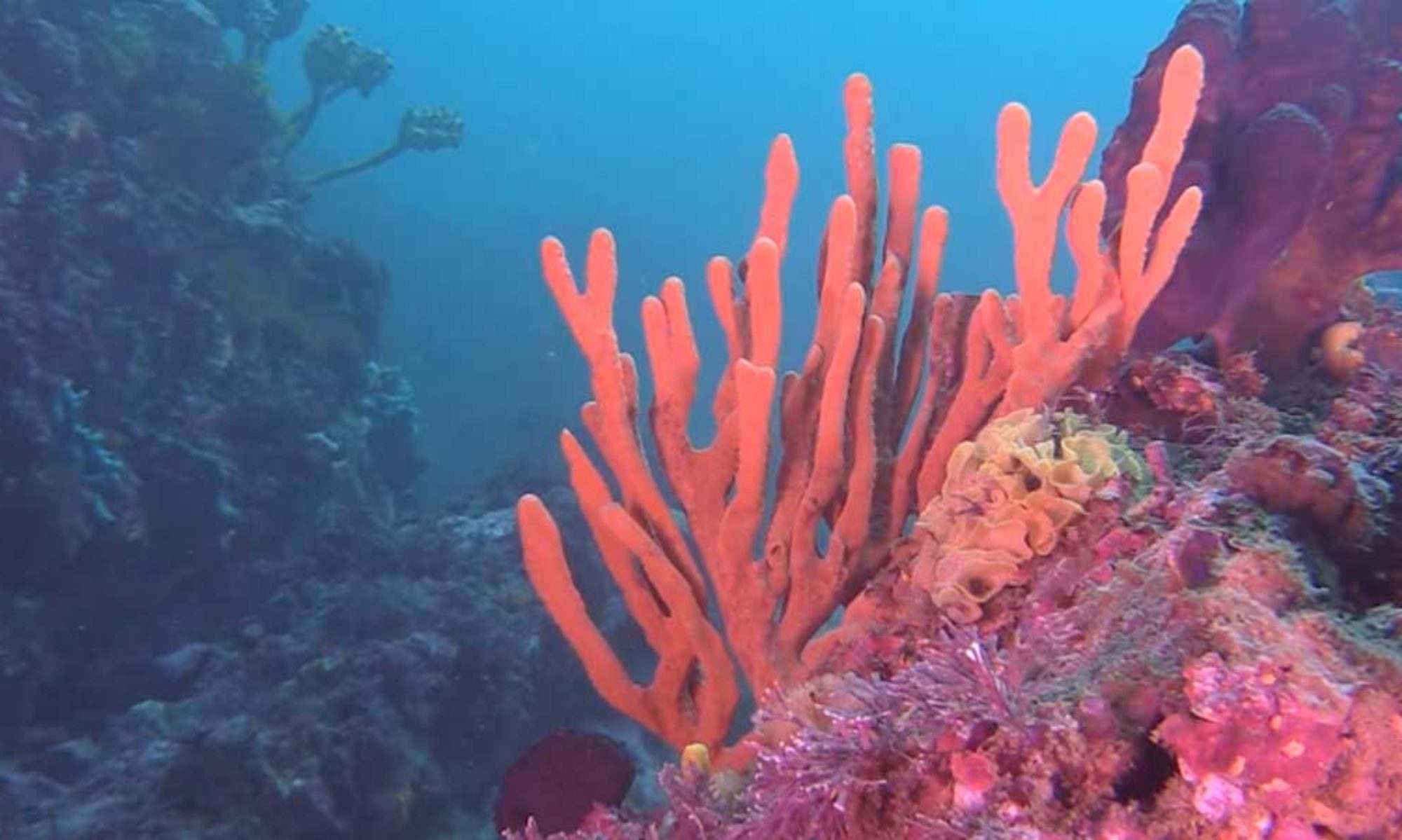It is very exciting to see more Citizen Science projects happening around Australia and globally. Here are just a few:
- 21-27 Oct 2019: Birdlife Australia’s AussieBackyard Bird Count (this week)
- 08-17 Nov 2019: the Australian Museum’s FrogID Week
- Ongoing: Support Our Sharks’ SharkBase
You can also check out the Australian Citizen Science Association for other projects near you.

